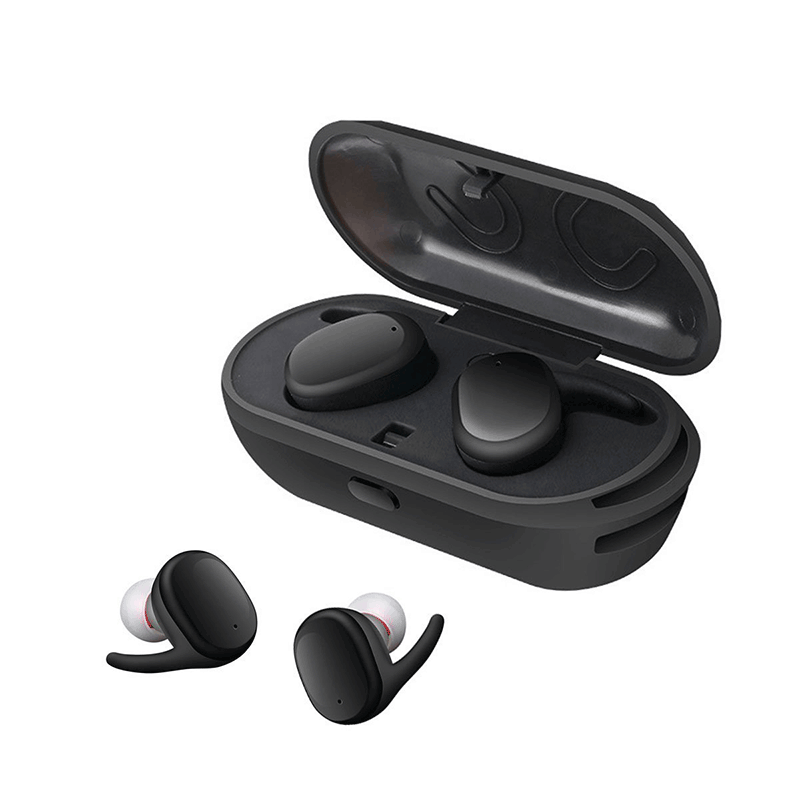Sensitivity
Sensitivity is an important indicator of the sound and power conversion efficiency of a microphone. It is defined as the open circuit output voltage measured in a free sound field with a microphone frequency at a constant sound pressure of 1 KHz and a positive sound source (ie, an acoustic incident angle of zero). The unit is millivolts per kPa. 1Pa=10bar1ubar is roughly equivalent to the normal speaking volume of a person, and the sound pressure measured at a distance of 1 m.
The dynamic sensitivity is about 1.5 to 4 mV/Pa, while the capacitive sensitivity is about 10 times higher than the moving coil, about 20 mV/Pa.
Microphone sensitivity is also expressed in decibels (db), which specifies 1 volt and Pa is 0 db. Since the sensitivity is much smaller than 1 volt/pascal, the sensitivity expressed is in db.
The high sensitivity of the microphone is a good thing. It can provide a higher input level to the mixer, which can improve the signal-to-noise ratio, but it is too high and its output voltage is high, which is prone to excessive distortion.
When used for karaoke singing, the distance between the microphone and the mouth is very close, so the sensitivity requirement is not high.
2. Frequency response
It is an important indicator of the frequency distortion during the microphone's electrical conversion process. Under the constant sound pressure and the specified incident angle sound wave, the ratio of the open circuit output voltage of each frequency sound wave signal to the open circuit output voltage of the specified frequency microphone is called the frequency response of the microphone, and is expressed by decibel (db). The general professional microphone frequency response curve tolerance range is 2db.
A simplified representation of the frequency response is a frequency range in both Hertz (Hz) and a range of inhomogeneities in decibels (db).
The microphones are used differently, and the frequency response range and the unevenness range are also different.
Dynamic microphones often do not take a flat frequency response curve, but slightly increase in the high frequency band (3 ~ 5KHz), which can increase the brightness and clarity of the pickup. Generally, when it is used at a very close distance from the sound source, the phenomenon of low frequency rise will be called "near talk effect", so it is better to have a significant attenuation in the low frequency band below 150 Hz.
3. Pointing characteristics
The characteristic that the sensitivity of the microphone changes with the direction of incidence of the sound wave is called directivity. Commonly used to point to the graph to represent.
Common directivity is omnidirectional (no pointing), heart shape, super heart type, sharp type, 8-shaped type (two-way) and so on.
a. no pointing
This feature is equally sensitive to all incident sound waves in the 360o direction.
b. heart shape
This feature is effective for sound wave incidence in the front 180o direction, and the back sound is suppressed.
c. sharp type
This feature has a 110o incident angle on the front and suppresses acoustic feedback best.
d. Super heart type
This feature has the same effect as the 90o incident angle on the back side. Generally used for stereo pickup and so on.
4. Output impedance
Refers to the internal resistance of the microphone, measured with a frequency of 1KHz and a sound pressure of 1Pa. Often divided into low impedance, high impedance. Generally, the low impedance is below 1K, and the high impedance is greater than 1K. The sensitivity of the high-impedance microphone is improved, but it is easy to induce external interference such as hum, and the cable should not be long. Professional performances such as stage performances are basically low-impedance and should not cause interference, and cables can be longer.
5. Dynamic range
It refers to the difference between the minimum useful signal and the maximum undistorted signal output from the microphone. The small dynamic range causes distortion of the sound and deteriorates the sound quality, so a large dynamic range is required.
Because the microphone is used to transmit vocal fidelity, it is used in the most important equipment at the forefront of the audio equipment. The quality of the sound depends on the regular producer, brand name and correct selection of the microphone.
TWS, means true wireless stereo. The implementation of this technology is based on the development of bluetooth chip technology. Technically speaking, it means that the mobile phone is connected to the main speaker, and then the main speaker is connected to the speaker through the Bluetooth wireless mode, thereby realizing the true separation of the left and right channels of the Bluetooth. When the slave speaker is not connected, the main speaker returns to the mono sound quality. TWS technology is used in the field of Bluetooth Headsets, so it has also spawned a new product - TWS Bluetooth headset.Since the TWS Bluetooth headset does not require a wired connection, the left and right earphones form a stereo system through Bluetooth, and the convenience of listening, talking, and wearing are improved.
Advantages:
1. True wireless structure, completely abandon wired troubles, and exercise more freely.
2. Various ways of use, both exclusive and shared, and can also be used as two earphones.

Headphones Earbuds,Bluetooth Earbuds,Earbud Bluetooth,Ear Buds
Shenzhen Linx Technology Co., Ltd. , https://www.linxheadphone.com